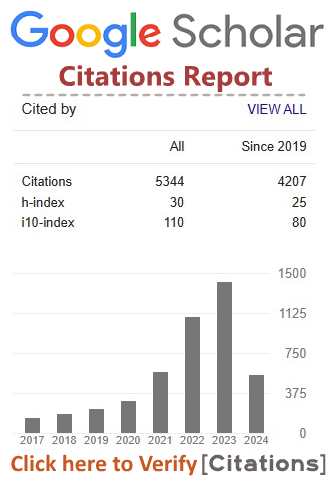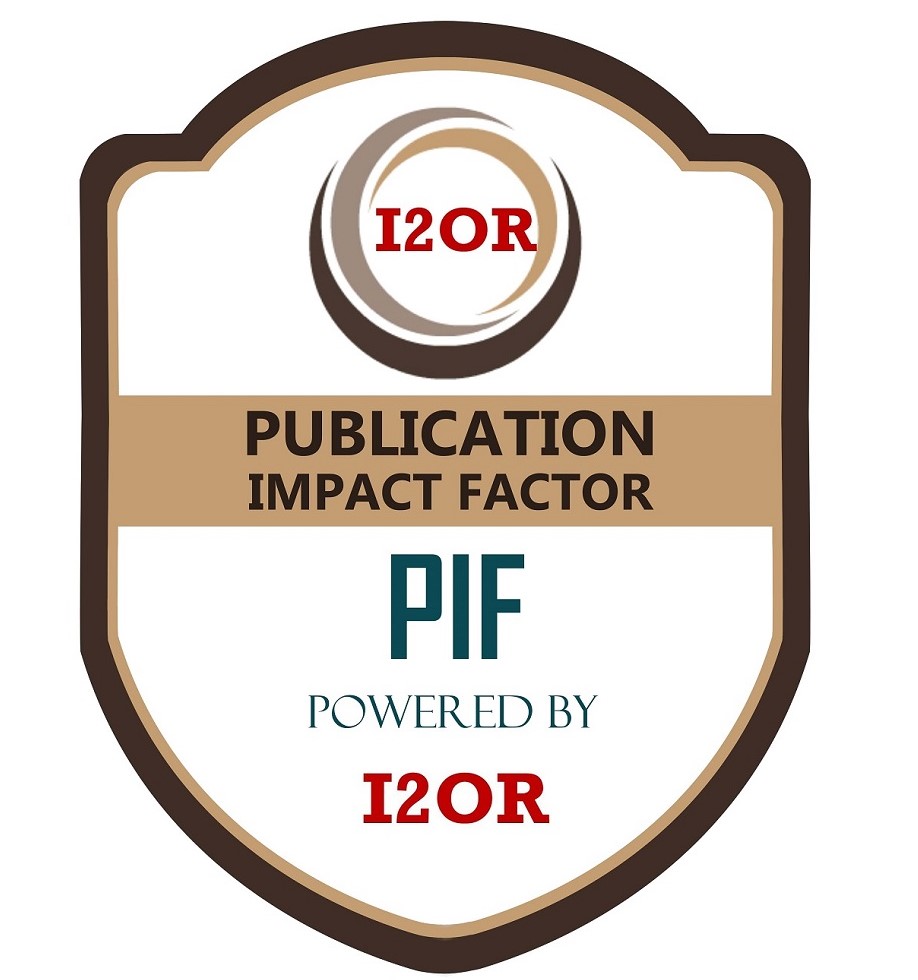- Version
- Download 276
- File Size 1.23 MB
- File Count 1
- Create Date 04/12/2022
- Last Updated 04/12/2022
TO STUDY ON LEFT OVER FOOD REUSED IN KITCHEN
Asst Prof. Vipula Sonkusare
Tuli College of Hotel Management,Nagpur
Near koradi octroi, Bokhara road, Nagpur - 441123.
INTRODUCTION
Humans must have food to survive. In the United States and other countries, the system of obtaining food was highly localized before the twentieth century. With the development of new technologies and improved transportation, food production and distribution systems became national in scope and more complex. The current food system stretches from producers to consumers and is international in scope. Ensuring its quantity, nutritional adequacy, and safety has become more complicated, and requires major government and private-sector efforts.
Food safety encompasses a wide spectrum of issues-not only the avoidance of food borne pathogens, chemical toxicants, and physical hazards, but also issues such as nutrition, food quality, labelling, and education. The system for regulating the food supply in the United States involves all levels of government from federal to local. The present legal framework is: comprised of many inconsistent statutes and regulations, and implementing authority is spread among at least 12 federal agencies] (Appendix A). Such a fragmented structure requires heroic efforts at cooperation, communication, and coordination (federal agencies have reported more than 50 interagency agreements), but duplication of efforts and regulatory gaps are common. Food safety problems that transcend.
The major federal agencies involved include: the Agricultural Marketing Service, the Animal and Plant Health Inspection Service, the Agricultural Research Service, the Cooperative State Research. Education and Extension Service, the Economic Research Service, the Food Safety and Inspection Service, and the Grain Inspection, Packers and Stockyards Administration of the United States Department of Agriculture; the Centres for Disease Control and Prevention, the Food and Drug Administration, and the National Institutes of Health of the Department of Health and Human Services; the National Marine Fisheries Service of the Department of Commerce; and the Environmental Protection Agency.
Suggested Citation1. Introduction and Background. Institute of Medicine and, 1998. Ensuring Safe Food: From Production to Consumption, Washington, DC: The National Academies Press the jurisdictional boundaries of two or more agencies are often not reported in the most expeditious manner. The General Accounting Office (GAO) reports that the National Marine Fisheries Service (NMFS), which operates a voluntary seafood inspection program, failed to notify the Food and Drug Administration (FDA), the agency with regulatory responsibility for corrective action, of 198 plants that failed NMFS inspection between 1988 and 1991 (GAO, 1992). Recent outbreaks involving such items as Guatemalan raspberries, hamburger, ice cream, and cereal have raised concern over the adequacy of the
Current system to ensure the safety of the US food supply. The GAO, public interest groups, and several members of Congress have suggested the consolidation of the existing federal food safety structure into a single food safety agency (GAO, 1997). (See Appendix B for a 1998 for corrective action, of 198 plants that failed NMFS inspection between 1988 and 1991 (GAO, 1992).
Recent outbreaks involving such items as Guatemalan raspberries, hamburger, ice cream, and cereal have raised concern over the adequacy of the current system to ensure the safety of the US food supply. The GAO, public interest groups, and several members of Congress have suggested the consolidation of the existing federal food safety structure into a single food safety agency (GAO, 1997). (See Appendix B for a 1998Congressional Research Service analysis of several proposals.) In addition, the Institute of Food Technologists (IFT) recently developed Guiding Principles for Optimum Food Safety Oversight and Regulation in the United States, which describes attributes of an effective food safety system (IFT, 1998).
These principles have been endorsed by 13 professional, scientific societies. To improve the safety of the US food supply, in early 1997 President Clinton directed the Secretary of Agriculture, the Secretary of Health and Human Services, and the Administrator of the Environmental Protection Agency to develop a food safety initiative. Food Safety from Farm to Table: A National Food-Safety Initiative (Appendix C) seeks to address hazards that present the greatest risk, make the best use of public and private resources, increase collaboration between public and private organization.







